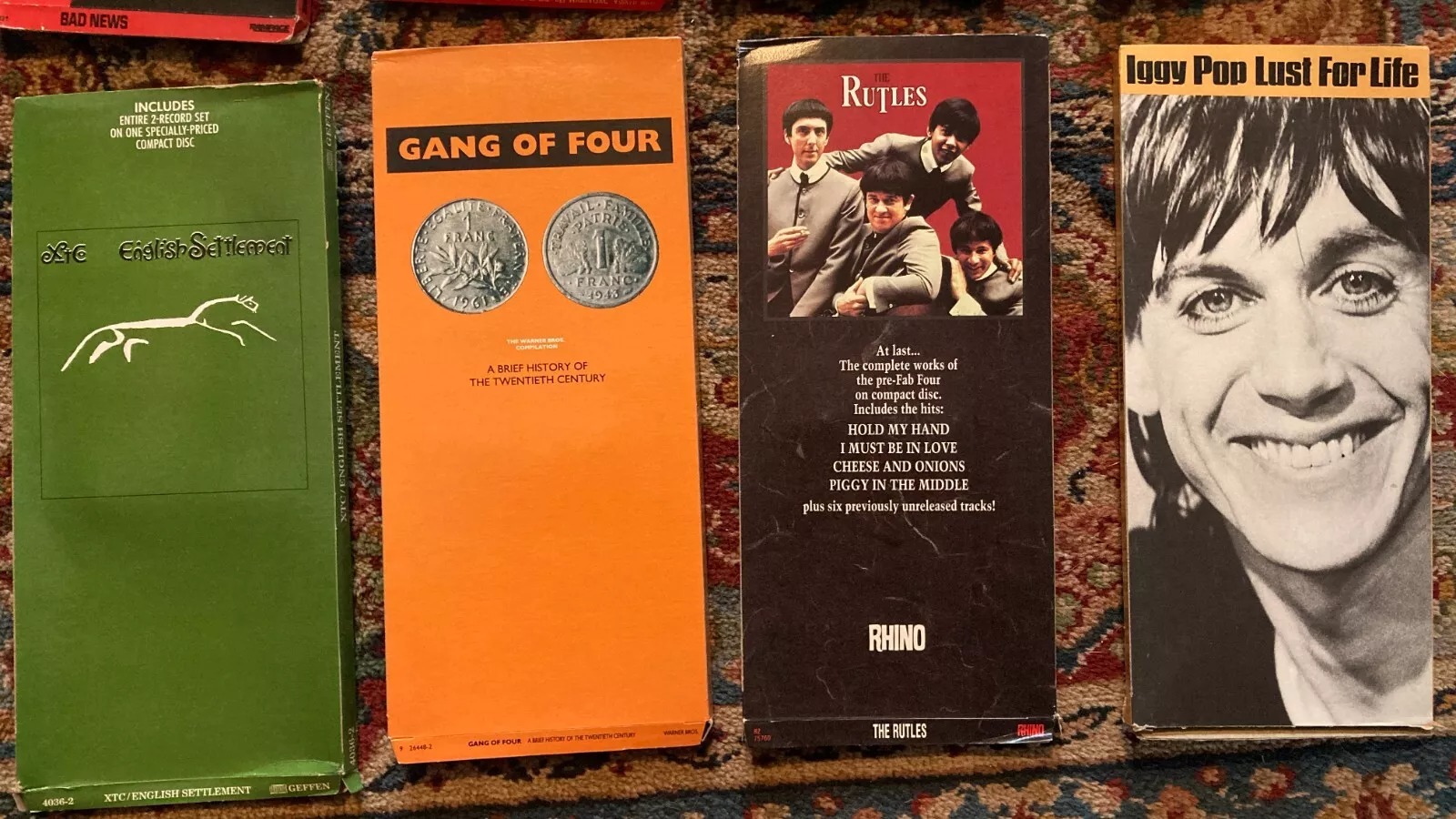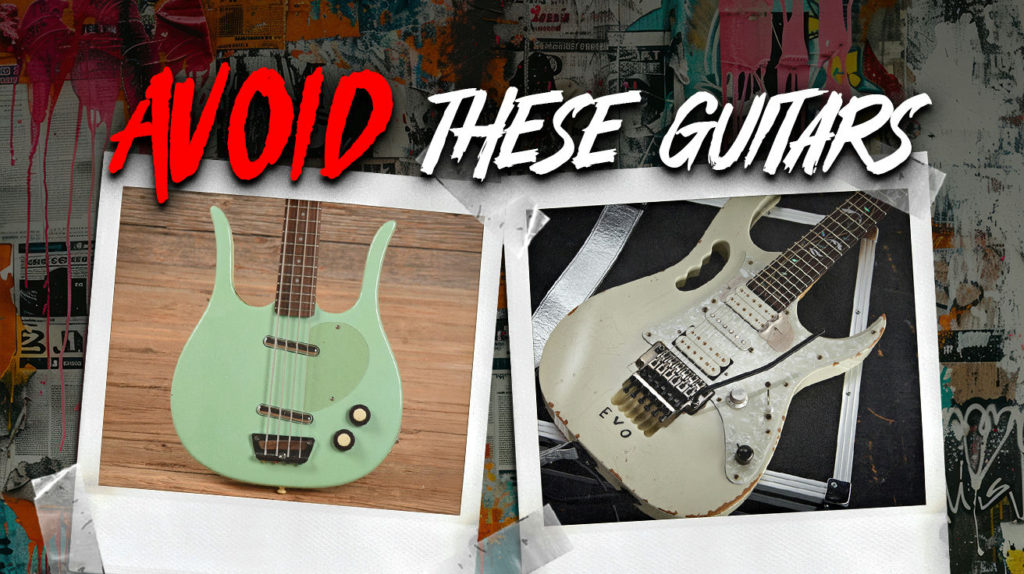
Guitar mythology sells the dream while hiding the nightmares. Decades of marketing wizardry have buried certain models under glossy veneers of respectability, leaving players with emptied wallets and broken musical hearts. The guitar world’s mythology needs demolition.
These ten notorious instruments stand as testament to what happens when profit margins trump playability.
10. Electric Nylon Guitars
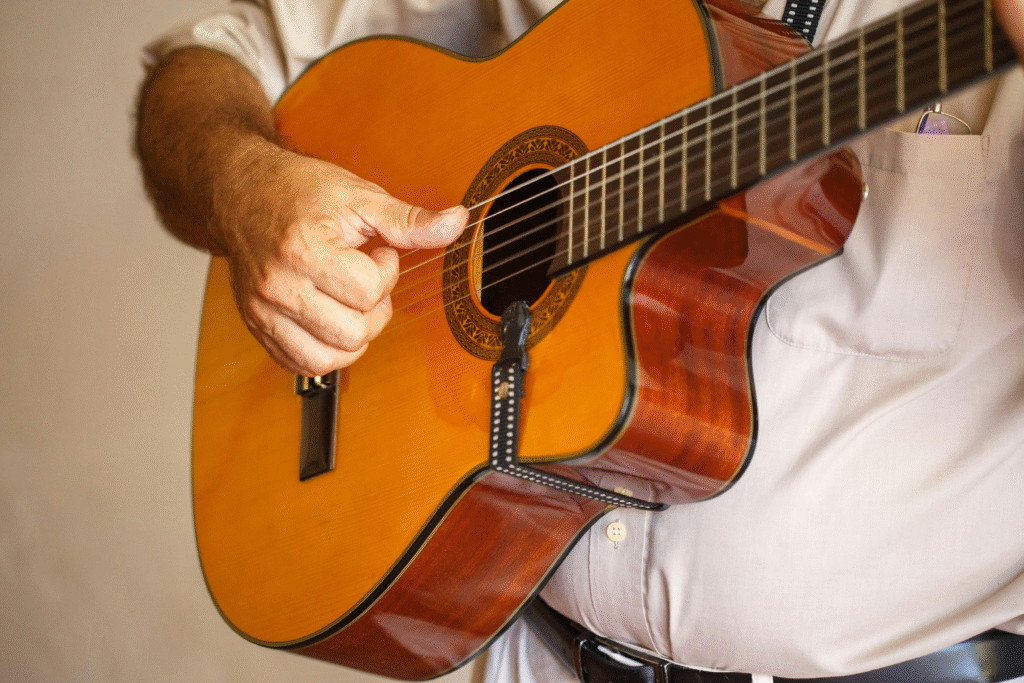
Electric nylon guitars promise the impossible: classical warmth with rock star projection. What they deliver is the sonic equivalent of supermarket sushi – recognizable in theory but fundamentally wrong in execution. For a deeper look at why these hybrids fail—especially with issues like intonation, buzzing, and neck strain—explore the challenges of nylon strings on electrics.
For anyone tempted by these hybrid mutants, redirect that energy toward either a proper classical guitar with a decent microphone or an electric with actual character. These instruments exist in the uncanny valley of guitar tone – a no-man’s-land where neither classical purists nor electric enthusiasts will ever venture willingly.
9. Steve Vai Jem Guitar (with Handle)
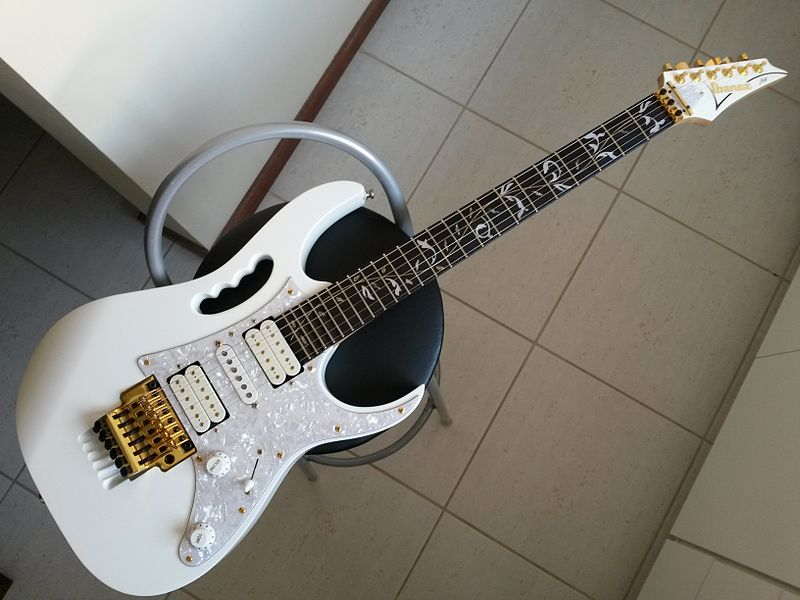
The Vai Jem with its infamous “monkey grip” embodies ’80s excess as perfectly as leopard spandex and hair mousse. This guitar doesn’t just suggest its owner might perform guitar gymnastics – it practically demands it. The body cutout serves approximately zero acoustic purpose while screaming “I MIGHT DO A BACKFLIP DURING MY SOLO” to everyone within eyeshot.
Guitar handles make about as much practical sense as spoilers on minivans. Unless you’re planning to swing your instrument around your head while riding a mechanical bull (not recommended), consider the less ostentatious Ibanez RG series. Same playability, half the midlife crisis energy, and significantly reduced risk of your bandmates staging an intervention about your stage antics.
8. Late 80s Gibson Les Pauls
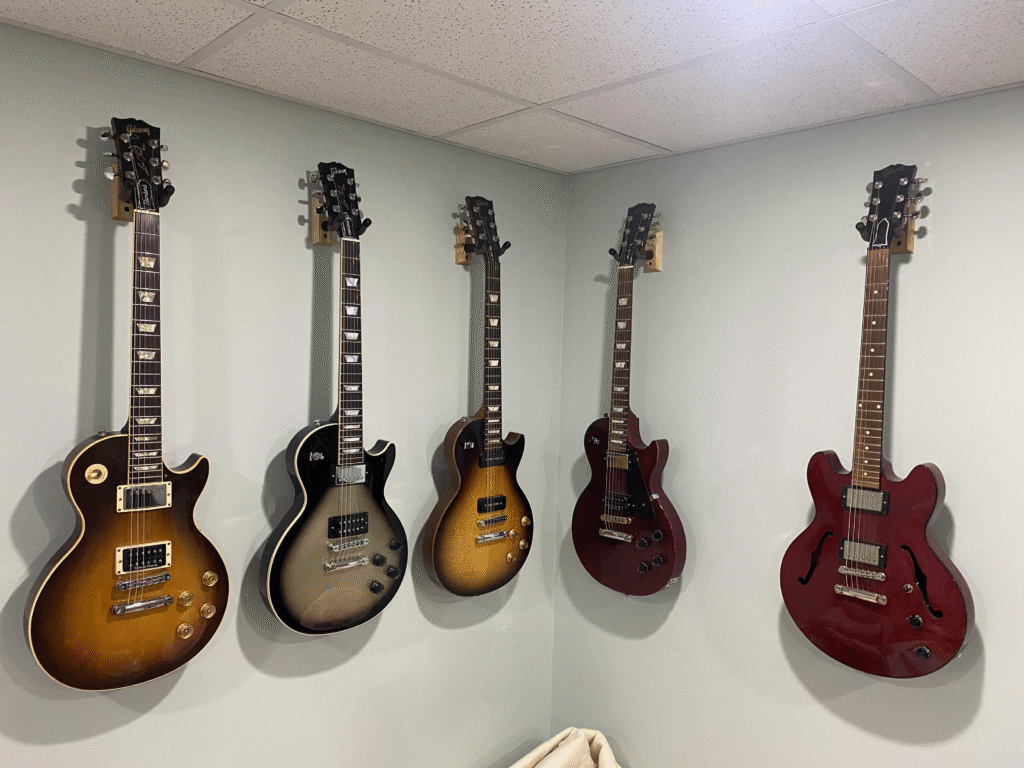
Late 80s Gibsons serve as perfect artifacts of Reagan-era corner-cutting – instruments made when “greed is good” infected even legendary guitar workshops. These Les Pauls suffer from the corporate equivalent of senioritis: halfhearted craftsmanship during a transitional period when quality control took an extended coffee break. Unlike the rarest & most expensive guitars from Gibson’s golden era, these models depreciate faster than a new car driving off the lot.
The fretboards wear faster than cheap jeans, requiring $500 refrets on guitars worth maybe $800. It’s the equivalent of putting a new engine in a used Pinto. When hunting vintage, either go full seventies or jump to the nineties. The late eighties models occupy the same cultural space as mullets – briefly acceptable once, but impossible to revisit with dignity.
7. Epiphone Dot ES-335 (circa 2006-2008)
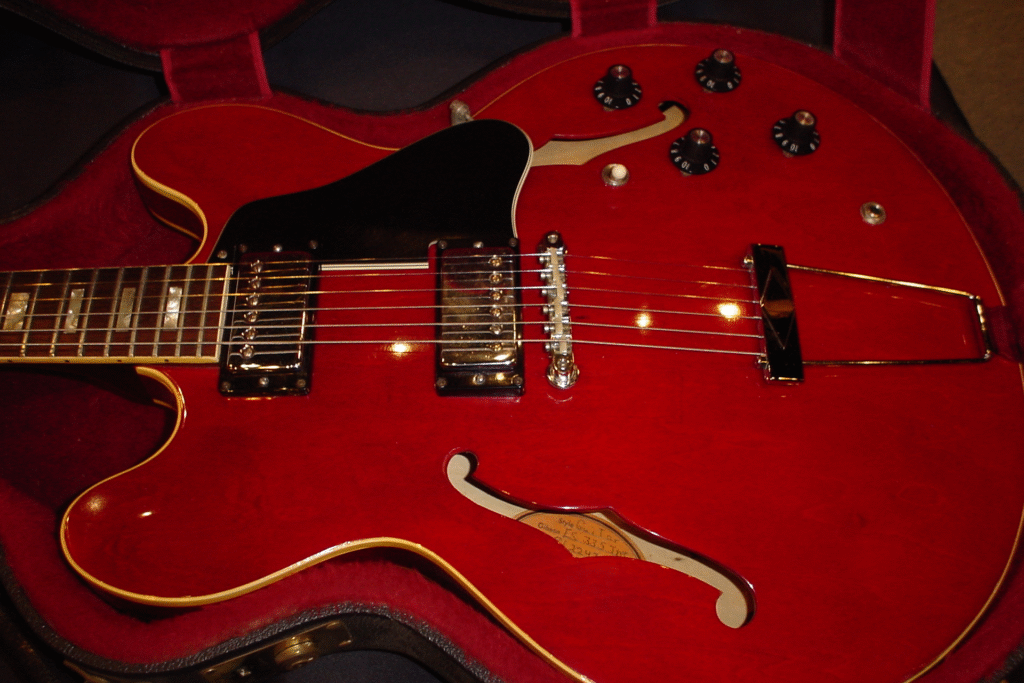
The 2006-2008 Epiphone Dot is what happens when corporate spreadsheets trump craftsmanship. These semi-hollowbodies appear normal but harbor more internal issues than a reality TV contestant. The matte finishes chip easier than gas station tortilla chips. Electronics fail with the reliability of public transportation during a snowstorm.
Tuners detach, bridges migrate, and nuts come unglued – all metaphors your therapist would have a field day with. Repairing just one issue costs around $100, and these guitars collect problems like Taylor Swift collects exes. Stick with post-2010 models when quality control finally remembered these instruments were supposed to make music, not just look like they could.
6. 10-String Guitars
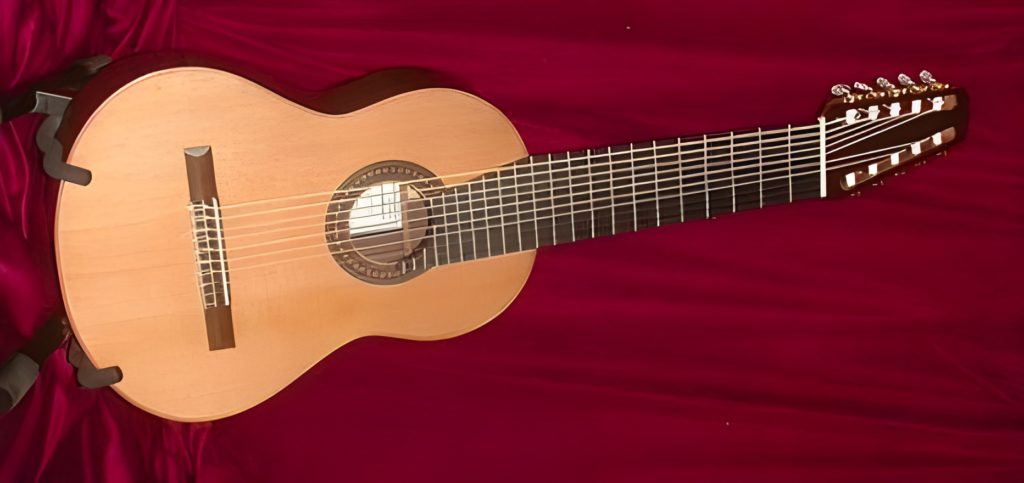
Ten-string guitars represent ambition untethered from practicality – similar to those all-you-can-eat restaurant challenges where nobody wins, especially your digestive system. These instruments seem amazing in theory until you actually try to play one. The neck width approaches small coffee table dimensions, while the bass strings feel similar to wrestling with suspension bridge cables.
Standard chord shapes on these beasts feel as natural as typing with mittens on. For most humans not blessed with spider-monkey hands, these guitars remain impressive wall ornaments rather than practical instruments. If you crave expanded range, seven or eight strings offer a compromise between playability and bragging rights without requiring hand transplant surgery.
5. Dan Electro Longhorn
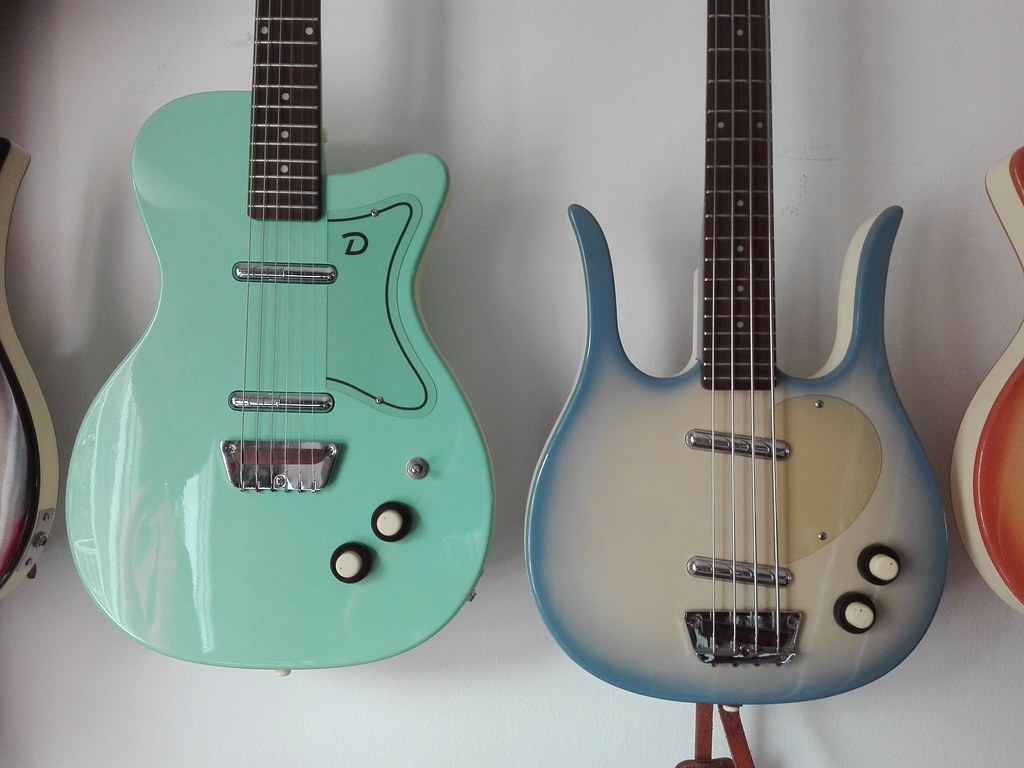
The Dan Electro Longhorn resembles what would happen if Salvador Dalí designed guitars while particularly hungry – all elongated forms and surreal proportions. With up to 32 frets (most of which you’ll never use unless you’re performing circus-level finger contortions), these instruments reject conventional guitar wisdom like teenagers reject parental advice.
Balance issues plague these oddities worse than a first-year yoga class. The extended neck creates the physics equivalent of trying to hold a fishing pole with the heavy end pointed outward. Despite these flaws, their distinctive lipstick pickups deliver genuine vintage tones you can’t quite get elsewhere. It’s like dating someone completely wrong for you but who makes incredible pancakes – questionable overall but with specific, undeniable merits.
4. 2015 Gibson Production Line (with Robo Tuners)
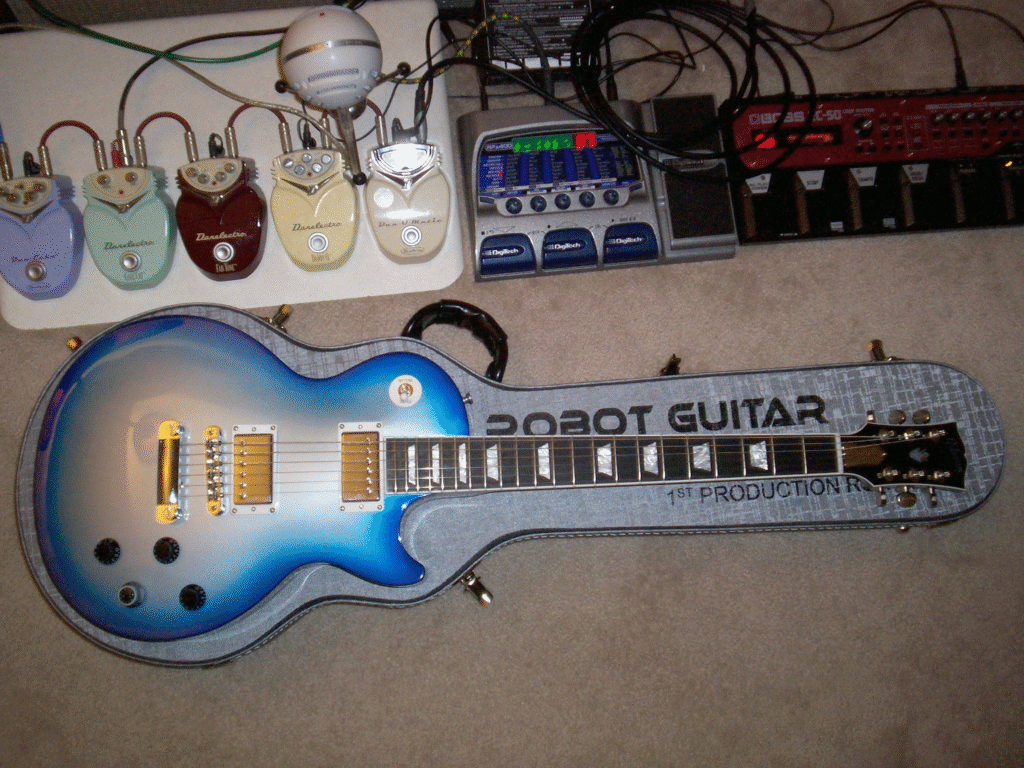
The 2015 Gibson lineup stands as a monument to innovation nobody asked for – the New Coke of guitar design. The automated “Robo Tuners” represent peak tech-bro thinking: solving a problem that wasn’t broken by creating several new, more complicated problems. For an even more infamous misfire, see how the firebird x became one of the worst guitar innovations thanks to its overloaded digital features and unreliable tuning system.
Converting these guitars back to functional instruments costs upwards of $300, assuming you can find a luthier willing to undo the damage. Picture purchasing a high-end sports car only to discover the steering wheel has been replaced with an Xbox controller. Gibson’s 2016 return to traditional tuners speaks volumes about this experiment’s success – sometimes tradition exists for good reason.
3. Reverse Flying V Guitar
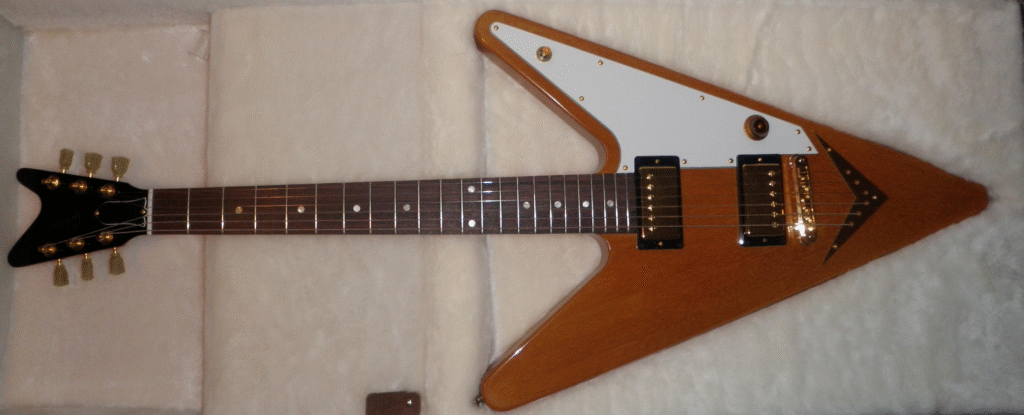
The Reverse Flying V answers a question no reasonable person would ask: “What if my guitar looked even more like a weapon from a low-budget sci-fi movie?” This inverted design manages the rare feat of being both uncomfortable to look at and surprisingly comfortable to play seated – similar to those ugly-yet-cozy recliner chairs dominating divorced dads’ living rooms nationwide.
Few professional musicians embrace these guitars because stage presence matters, and wielding what appears to be Batman’s rejected prototype batarang sends specific messages about your musical judgment. When your guitar makes audience members tilt their heads like confused puppies, perhaps reconsider your choices. For unusual shapes with actual staying power, standard Flying Vs and Explorers deliver similar edge without looking permanently upside-down.
2. Soviet-Era Aelita Guitar
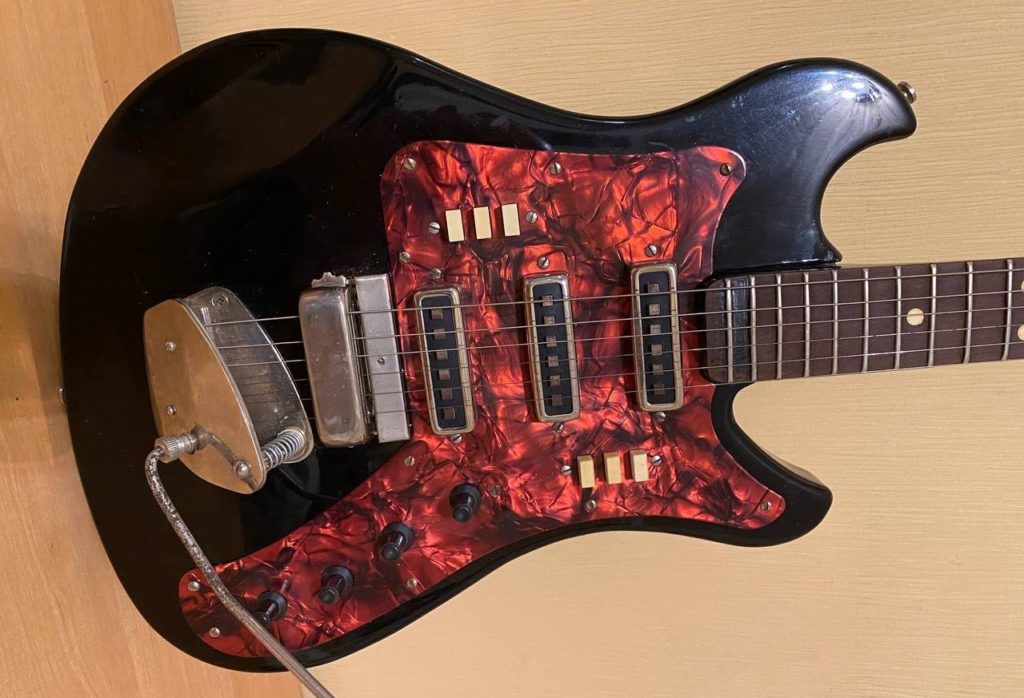
The Soviet-era Aelita guitar embodies Cold War musical diplomacy: technically an instrument but seemingly designed by people who’d only heard guitars described verbally. Playing one feels similar to what non-musicians imagine playing guitar feels like – awkward, uncomfortable, and vaguely threatening. The neck finish creates the tactile equivalent of sliding down a bannister made of Velcro.
Pickup switching systems appear designed by the same people who engineered nuclear power plant control panels – unnecessarily complex and prone to catastrophic failure. Importing one costs around $700 total, which could alternatively buy any number of instruments not designed behind the Iron Curtain. These guitars belong in museums alongside other failed experiments, like communism itself.
1. Esteban Guitars
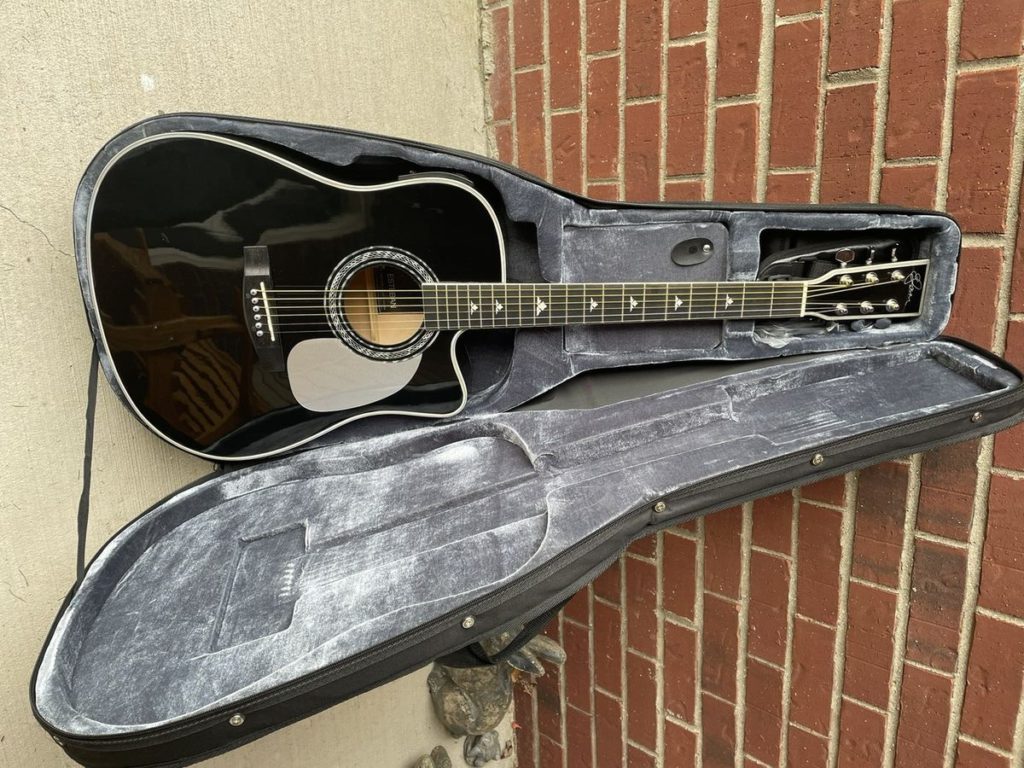
Esteban Guitars represent the pinnacle of late-night infomercial deception – instruments with approximately the same build quality as children’s cereal box prizes but marketed with the confidence of luxury brands. These laminated plywood disasters with spray-on finishes deliver tones reminiscent of rubber bands stretched over tissue boxes but somehow less musical. No greatest guitarists of all time would touch these instruments, even as kindling.
The machine-made overseas construction ensures every corner gets properly cut, while the herringbone decorations attempt to distract from fundamental structural failings – similar to putting racing stripes on a broken lawn mower. For slightly more money, beginner-friendly Yamahas and Squiers offer actual instruments rather than guitar-shaped objects. The greatest trick Esteban ever pulled was convincing parents these were adequate gifts for aspiring musicians rather than future kindling.








